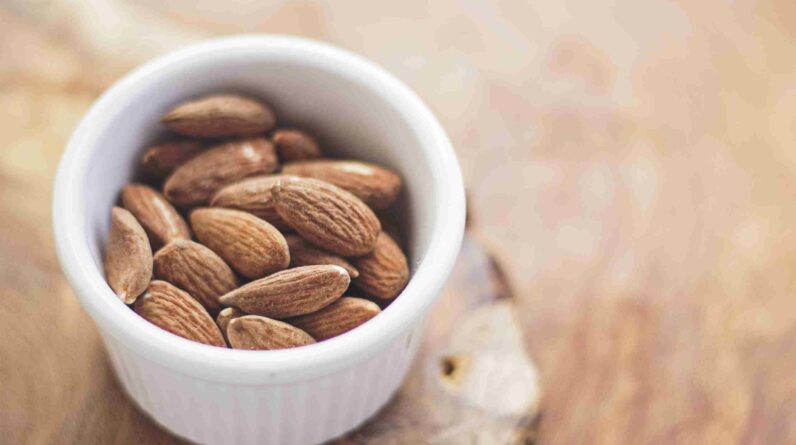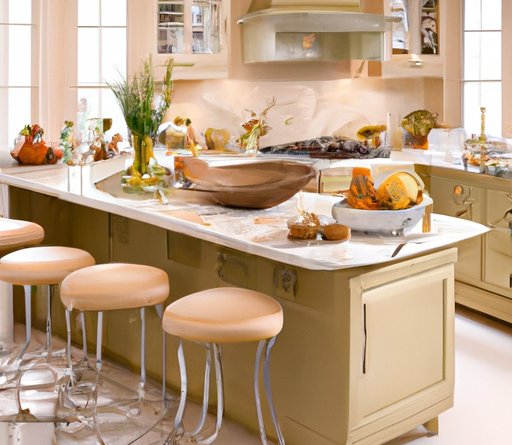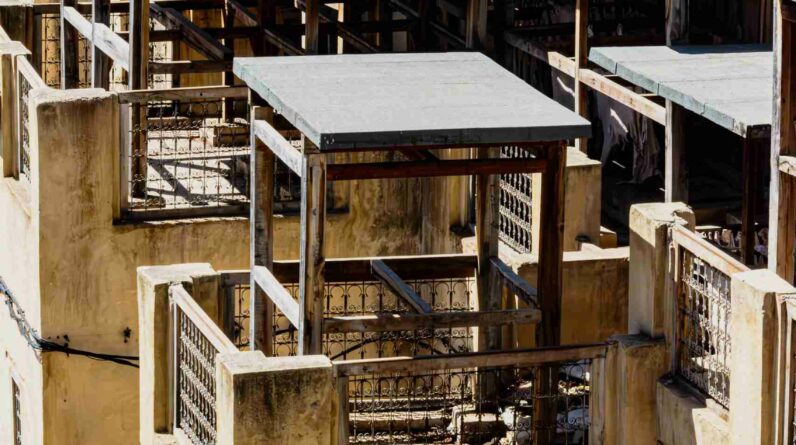We’ve all been there, staring at our beloved pots and pans coated with stubborn burnt residue, wondering how on earth we’re going to get them squeaky clean again. It’s a common problem that can leave us feeling frustrated and defeated. But fear not! In this article, we’re going to share some tried-and-true methods for tackling burnt residue and restoring your cookware to its former glory. No need to panic or throw out your favorite pans just yet – we’ve got your back!
Soak the Pot or Pan
Soaking the pot or pan is an essential first step in removing burnt residue. By allowing the burnt-on food to soften and loosen, it becomes much easier to scrape off later. Fill the sink or a basin with warm water and a few drops of dish soap. Submerge the pot or pan in the water and let it soak for at least 30 minutes. This soaking process will help to dissolve the burnt residue and make it easier to remove.
Scrape off Loose Residue
After the pot or pan has soaked for some time, it’s time to scrape off any loose residue. There are a couple of ways you can do this:
Using a Wooden Spoon
Take a wooden spoon and gently scrape the burnt areas of the pot or pan. The wooden spoon is a great tool for scraping as it is less likely to scratch the surface of the cookware. Be sure to apply enough pressure to remove the burnt residue, but be careful not to damage the pot or pan.
Using a Plastic Scraper or Spatula
Another option is to use a plastic scraper or spatula. Similar to the wooden spoon, these tools are gentle on the surface of the cookware and won’t cause any damage. Gently scrape off the burnt residue, making sure to cover all the affected areas.
Create a Baking Soda Paste
If there are still stubborn burnt spots that won’t come off with just scraping, it’s time to create a baking soda paste. Baking soda is a powerful natural cleaner that works wonders on burnt-on food.
Mixing Baking Soda and Water
In a small bowl, mix equal parts baking soda and water until a thick paste forms. Baking soda is non-abrasive and safe to use on most cookware surfaces, so you don’t have to worry about scratching your pots or pans. The paste should have a creamy consistency, similar to toothpaste.
Apply the Baking Soda Paste
Once you have the baking soda paste ready, it’s time to apply it to the burnt area of the pot or pan.
Coating the Burnt Area with the Paste
Using a sponge, spread a thick layer of the baking soda paste over the burnt residue. Make sure to cover the entire affected area, ensuring the paste is in direct contact with the burnt-on food. Allow the paste to sit on the surface for at least 15-20 minutes, giving it time to work its magic.
Let the Paste Sit
Now that the baking soda paste has been applied, it’s important to let it sit on the pot or pan.
Allowing the Paste to Work
During this time, the baking soda will begin to break down the burnt residue, making it easier to remove. Depending on the severity of the burnt-on food, you may need to let it sit for longer. Patience is key here, as allowing the paste to do its job will make the cleaning process much easier in the long run.
Rinse and Scrub
After the baking soda paste has had time to work, it’s time to rinse off the residue and scrub the pot or pan.
Using Warm Water and a Sponge
Rinse the pot or pan thoroughly with warm water, ensuring all of the baking soda is removed. Then, take a sponge or non-abrasive scrubbing pad and gently scrub the surface to remove any remaining burnt residue. The baking soda paste should have loosened the burnt-on food, making it much easier to remove.
Use Vinegar
In addition to baking soda, vinegar is another effective natural cleaner for burnt residue. There are a couple of ways you can use vinegar for cleaning pots and pans.
Boiling Vinegar and Water
One method is to boil a mixture of vinegar and water in the pot or pan. Fill the pot or pan with equal parts vinegar and water and bring it to a boil. Allow it to simmer for a few minutes before turning off the heat and letting it cool. The acidic properties of the vinegar will help loosen the burnt residue, making it easier to scrub off.
Soaking in Vinegar Solution
Another option is to create a vinegar solution for soaking the pot or pan. Fill a sink or basin with equal parts vinegar and water and submerge the cookware. Let it soak for at least 1 hour or overnight if the burnt residue is particularly stubborn. After soaking, scrub off any remaining residue with a sponge or scrubbing pad.
Try Salt and Lemon
If you prefer a natural and citrusy alternative, salt and lemon can be another effective option for cleaning burnt residue.
Applying Salt and Squeezing Lemon Juice
Sprinkle a generous amount of salt over the burnt area of the pot or pan. Cut a lemon in half and squeeze the juice over the salt. The acidity of the lemon combined with the abrasive texture of the salt will help to lift and dissolve the burnt-on food. Allow the mixture to sit for a few minutes before scrubbing it off with a sponge or scrubbing pad.
Utilize Dish Soap and Baking Soda
For a more traditional approach, combining dish soap and baking soda can create a powerful cleaning solution.
Using a Mixture of Dish Soap and Baking Soda
In a small bowl, mix a few tablespoons of dish soap with a tablespoon of baking soda to create a thick paste. Apply the paste to the burnt areas of the pot or pan and let it sit for 10-15 minutes. Then, scrub the surface with warm water and a sponge or scrubbing pad. The combination of dish soap and baking soda will help to break down the burnt residue and remove it from the cookware.
Consider Commercial Cleaners
If all else fails, or if you prefer the convenience of store-bought cleaning products, there are numerous commercial cleaners available specifically designed for removing burnt residue.
Using Store-bought Cleaning Products
Look for a cleaner that is suitable for the type of cookware you have and follow the instructions on the packaging. These cleaning products often contain powerful ingredients that can quickly and effectively remove burnt-on food. However, it’s important to read and follow the instructions carefully to ensure the safety and longevity of your pots and pans.
In conclusion, cleaning burnt residue from pots and pans can be a daunting task, but with the right techniques and cleaning products, it doesn’t have to be. Soak the cookware, scrape off loose residue using a wooden spoon or plastic scraper, and create a baking soda paste to tackle stubborn burnt spots. Let the paste sit, rinse, and scrub the pot or pan with warm water and a sponge. Vinegar, salt and lemon, dish soap and baking soda, and commercial cleaners are all effective options to consider. Remember to always use gentle tools and cleaning agents to avoid damaging the surface of your valuable cookware. With a little time and effort, your pots and pans can be restored to their former glory, ready for your next delicious culinary adventure.









